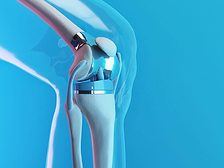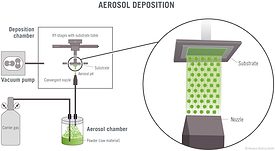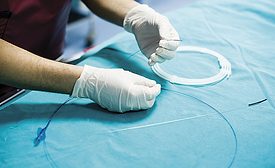Home » Medical Coatings
Articles Tagged with ''Medical Coatings''
Examining Interfacial Adhesion of Biomedical Coatings
Through Scratch Testing and Microanalysis
August 1, 2015
Keep the info flowing with our eNewsletters!
Get the latest industry updates tailored your way.
JOIN TODAY!Copyright ©2024. All Rights Reserved BNP Media.
Design, CMS, Hosting & Web Development :: ePublishing







